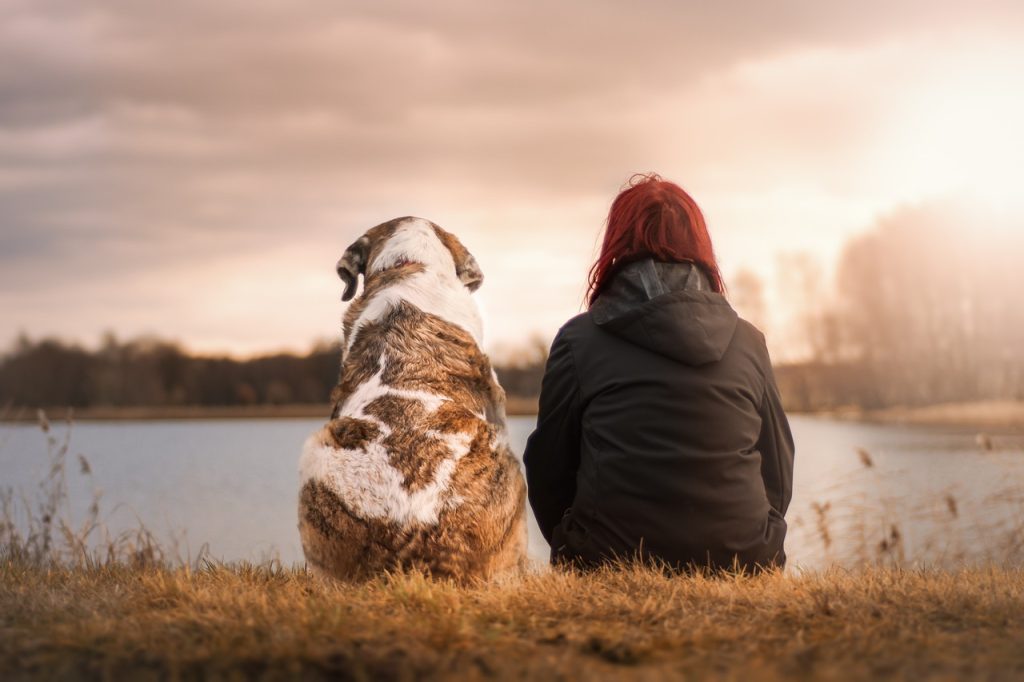In 2020, rescue pets were voted TIME’s pet of the year. This comes as no surprise as the number of people choosing to adopt rescue pets continue to rise, particularly rescue dogs. During the pandemic, rescue pet adoption rates soared with some statistics showing 1 in 5 pet-owning homes adopted a pet during the pandemic. According to estimates by ASPCA, around 2 million dogs are adopted from shelters each year.
In addition to possibly saving a dog’s life, you could also be saving yourself some money by adopting a rescue dog. For instance, the cost of a German Shepherd averages $2300 to $10,000. On the other hand, the cost of adopting a rescue pet can range from $50 to $350. However, adopting a rescue dog requires planning and persistence to make it a smooth transition. From the initial car ride home to outfitting your home for their needs, here is a guide to bringing home a rescue dog.
Before Adopting: Is Your Home Ready For A Dog?
Spending time preparing your home for your rescue dog can make all the difference during those first few days after bringing them home. Those first few days can be important to ensuring your rescue dog is comfortable and adjusts well to your home and family. To do this, think about where your dog will be spending most of its time in the home. Most people recommend the kitchen as it is not too removed from the hubbub of activity and makes for easy clean-up.
It also helps to review your budget to account for the costs of dog ownership. With the cost of owning a dog hovering between $100 and $500, making sure you afford the ongoing costs of owning a dog is vital. To get an accurate estimate, speak to other people with rescue dogs or rely on published resources from fellow dog owners. You will also need to spend some time setting up the required equipment for your rescue, including a pet crate if you intend to crate train your dog. Finally, don’t forget to dog-proof your home and yard before picking up your rescue dog. This includes installing child-proof latches on low cupboards, swapping trash containers for pet-safe alternatives, and installing pet gates strategically across the home.
The First 24 Hours: Introduce Your Family And Other Dogs ASAP
Now that your home is ready to welcome your rescue pup and you have gone through the rescue dog adoption process, it is time to bring your dog home. The first 24 hours after bringing them home is all about keeping them calm and reassured. When it comes to the initial car ride home from the shelter, arm yourself with treats. Keep in mind that many rescue pups may have experienced trauma and unpleasant interactions before being rescued. Therefore, make an effort to move mindfully and keep an eye on the dog’s body language before getting too close or picking them up. You may also want to invest in a dog crate for the drive home to make traveling with your dog easier in those initial months. Finally, remember to keep the journey short and uninterrupted. During the initial ride home, your rescue dog may be stressed, and minimizing stopovers can avoid exacerbating the stress they already feel.
The First Week At Home: Carve Out Time To Get To Know Your Dog And Vice Versa
The first 7 days at home with your new rescue dog is about building trust and relationship with them. It focuses on allowing them time to slowly get to know you, their new home, and vice versa. Remember to stagger new family or toy introductions to your pup. Wait for your dog to relax and calm down before slowly introducing new family members, including other dogs. For the first few days, it is recommended that you keep your dog on a leash as they adjust and you get to know them better. Spend time observing their behavior and triggers for any future reference. It is also important to leave it up to your rescue dog to come up for affection or attention. Taking it at their own pace helps them to relax faster.
Long Term: Focus On Slowly Building A Routine
As you begin to build trust with your dog, think about establishing a routine. This can be loosely based on their own pre-determined routine including meal times, walk times, and rest times. For instance, spending a few days observing when your dog needs a walk can help you establish the times it may begin feeling restless and need exercise. Establishing a daily routine with your dog helps with their training and can help dogs from a shelter decompress. Allow enough time for mealtimes, rest periods, and physical activity (walks) to keep your dog occupied.
Last but certainly not least, spend some time educating yourself about your dog. This refers to all of the common maintenance tasks that come with dog ownership like how to walk a dog properly, along with more personalized information. For instance, if your rescue pup has experienced life-changing injuries or has a lifelong pet condition like diabetes and kidney failure, do your research on the condition and its treatment.
Conclusion:
Bringing home a rescue dog can be incredibly rewarding and fulfilling on many levels. Many rescue dogs also come with preset medical conditions and behaviors which can also require significant commitment, patience, and love. However, by preparing yourself in advance and committing to making the transition process smooth for them, you can also enjoy the magical bond with your new dog as it grows.








